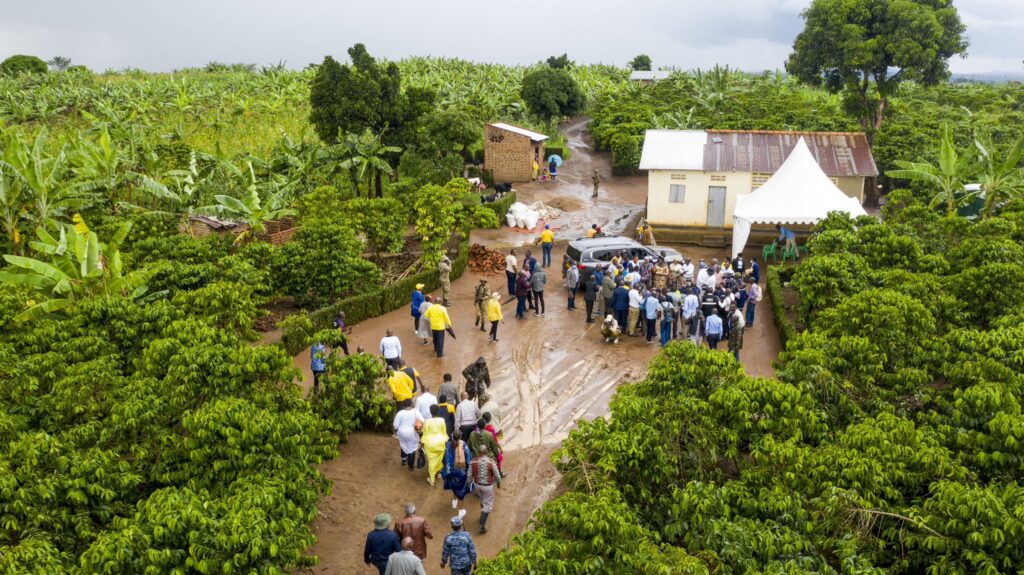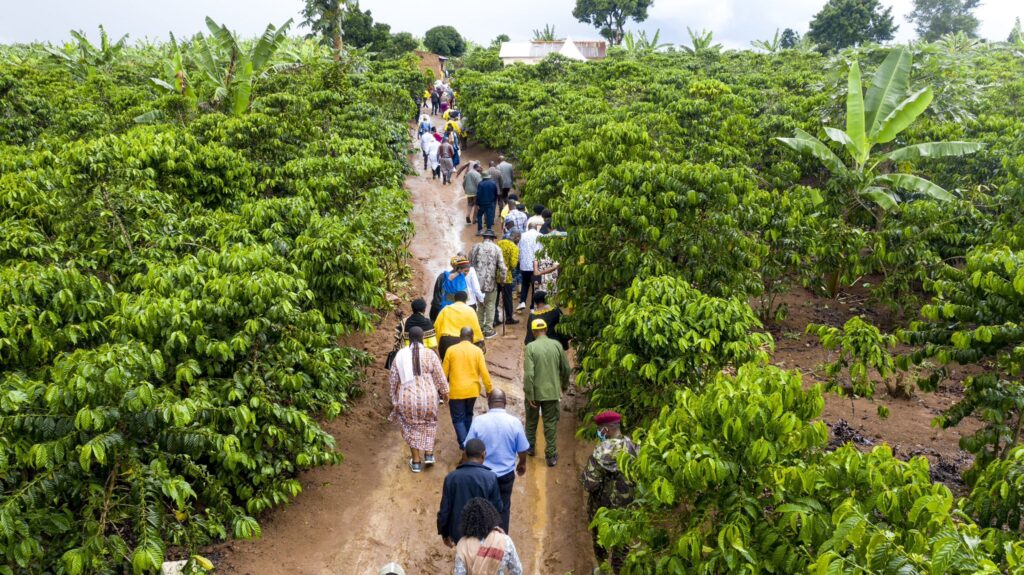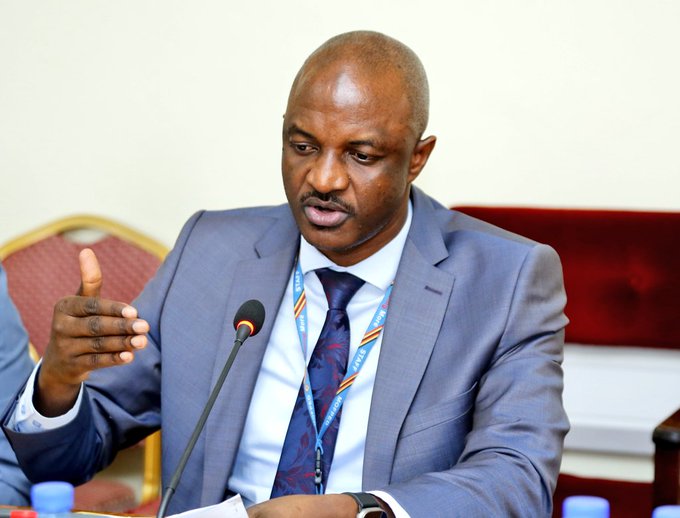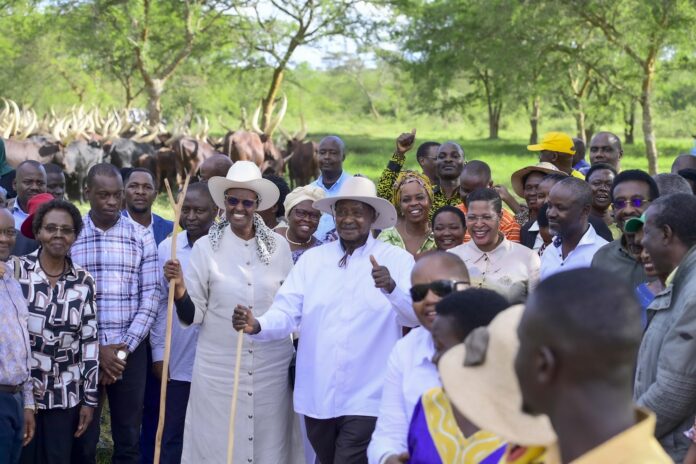Kampala, Uganda – The recently released 2024 census final report has sparked debate over the effectiveness of President Yoweri Museveni’s wealth creation programs aimed at alleviating poverty in Uganda. With 10.7 million households recorded, the census reveals that approximately 3.5 million households, or 33%, are living under severe poverty and relying on subsistence means for survival. This alarming statistic raises concerns about the tangible impact of various government interventions designed to uplift these households.

President Museveni has long championed initiatives such as the National Agriculture Advisory Services (NAADS), the Parish Development Model (PDM), and the Youth Livelihood Programme (YLP), among others, to transition households from subsistence agriculture to a more sustainable income-generating economy. However, the census indicates that only 832,746 households have benefited from the PDM, representing a mere 24% of the targeted beneficiaries.

The findings suggest that despite significant investments in these programs, many Ugandans remain entrenched in poverty. Critics argue that the lack of substantial progress may reflect either a failure of the programs themselves or a reluctance among citizens to engage with them fully. The Secretary to Treasury, Ramathan Goobi, noted that over Shs2.06 trillion had been disbursed for PDM activities, yet the results have not met expectations.

As Uganda prepares for future elections, these revelations pose a significant challenge for Museveni’s administration, which must grapple with public perceptions of its effectiveness in addressing poverty and economic development.
























